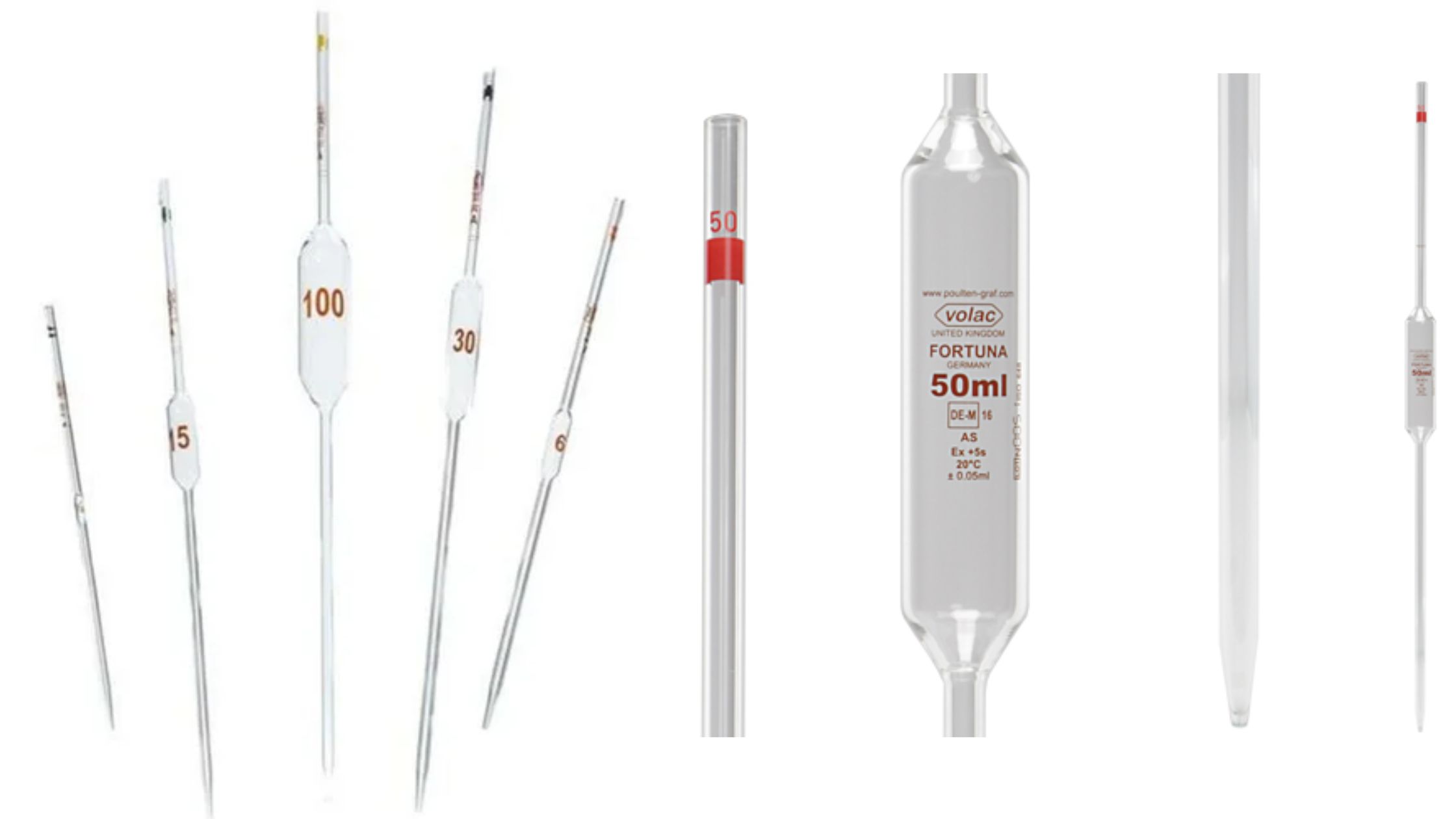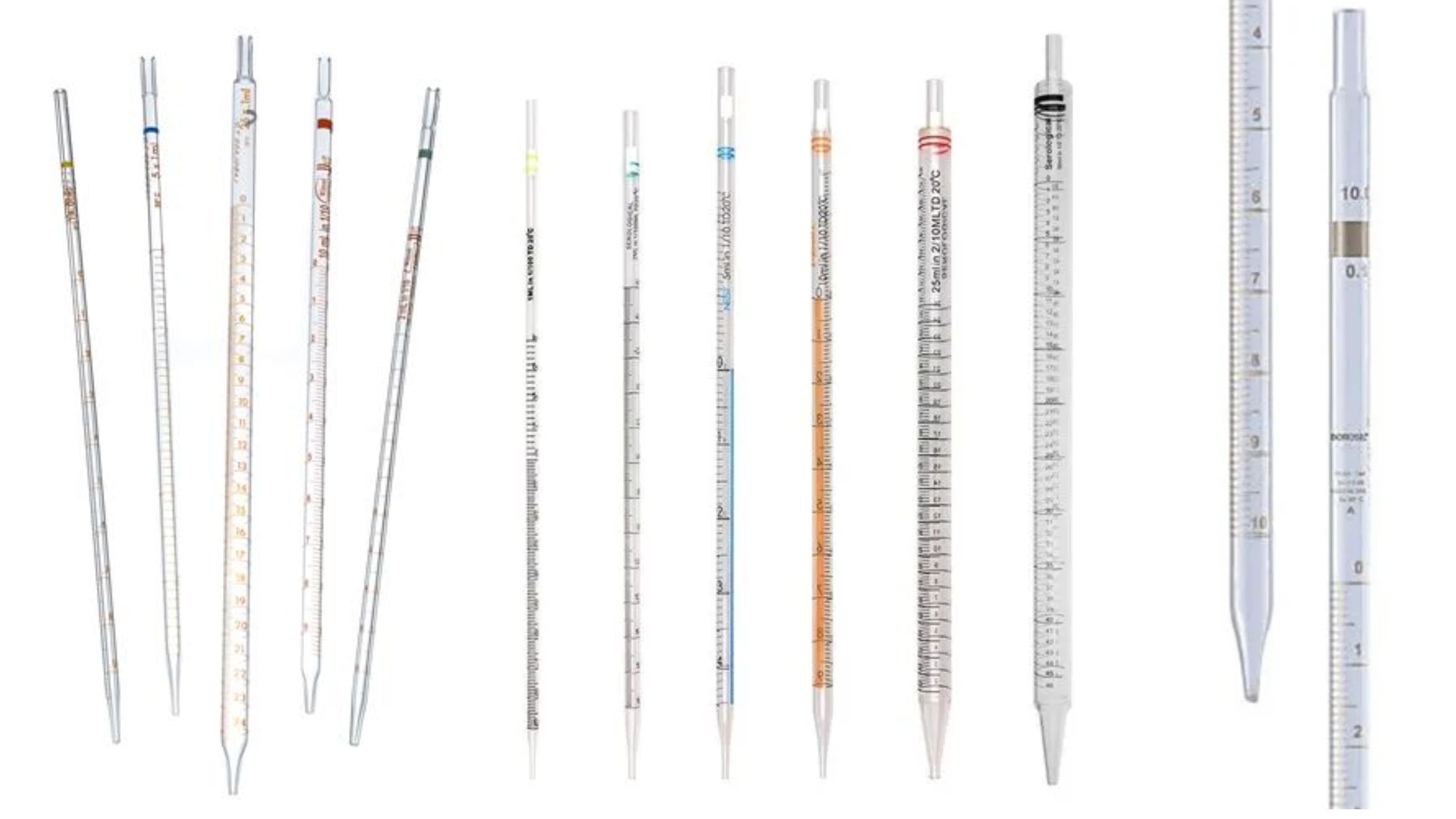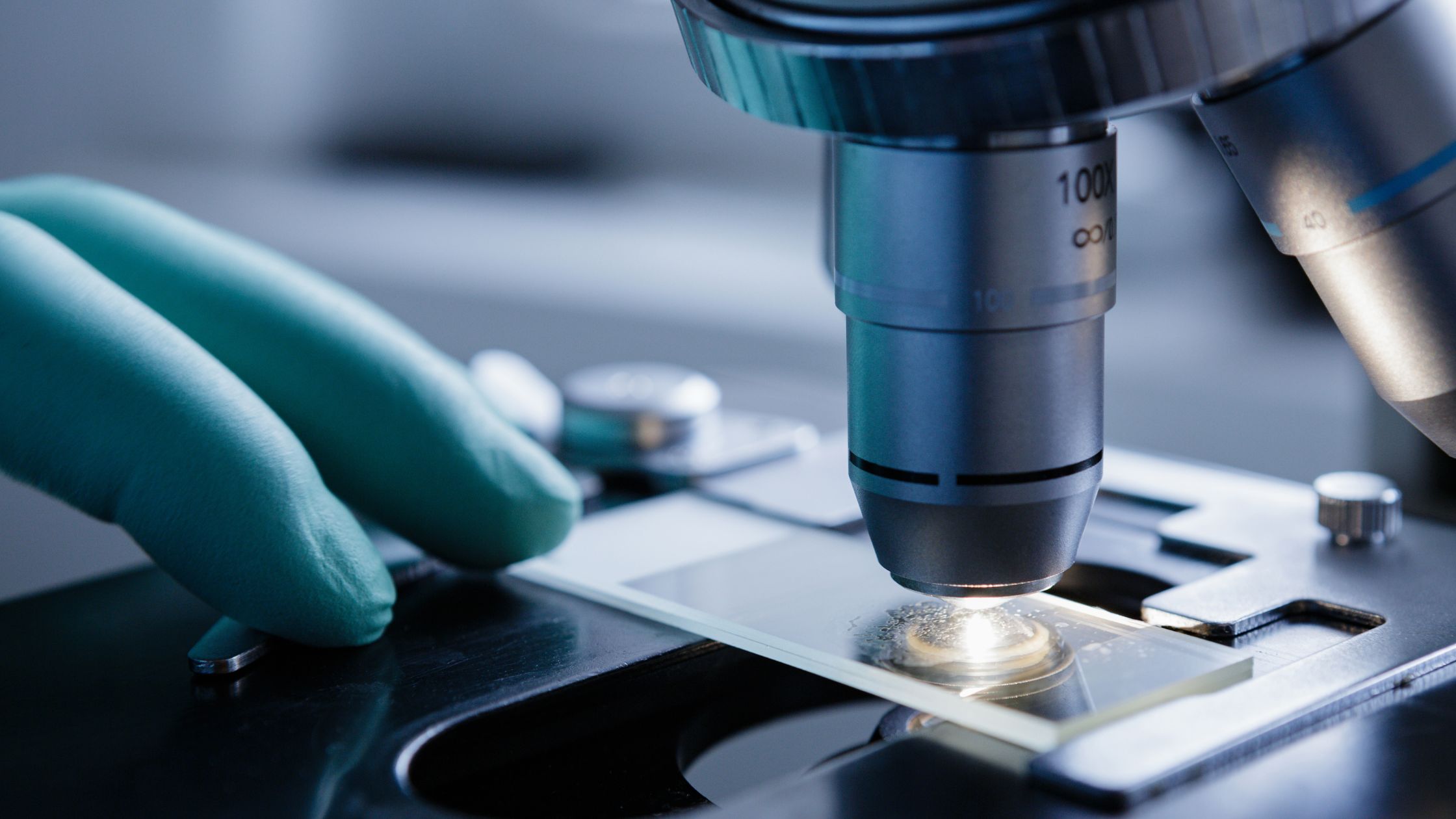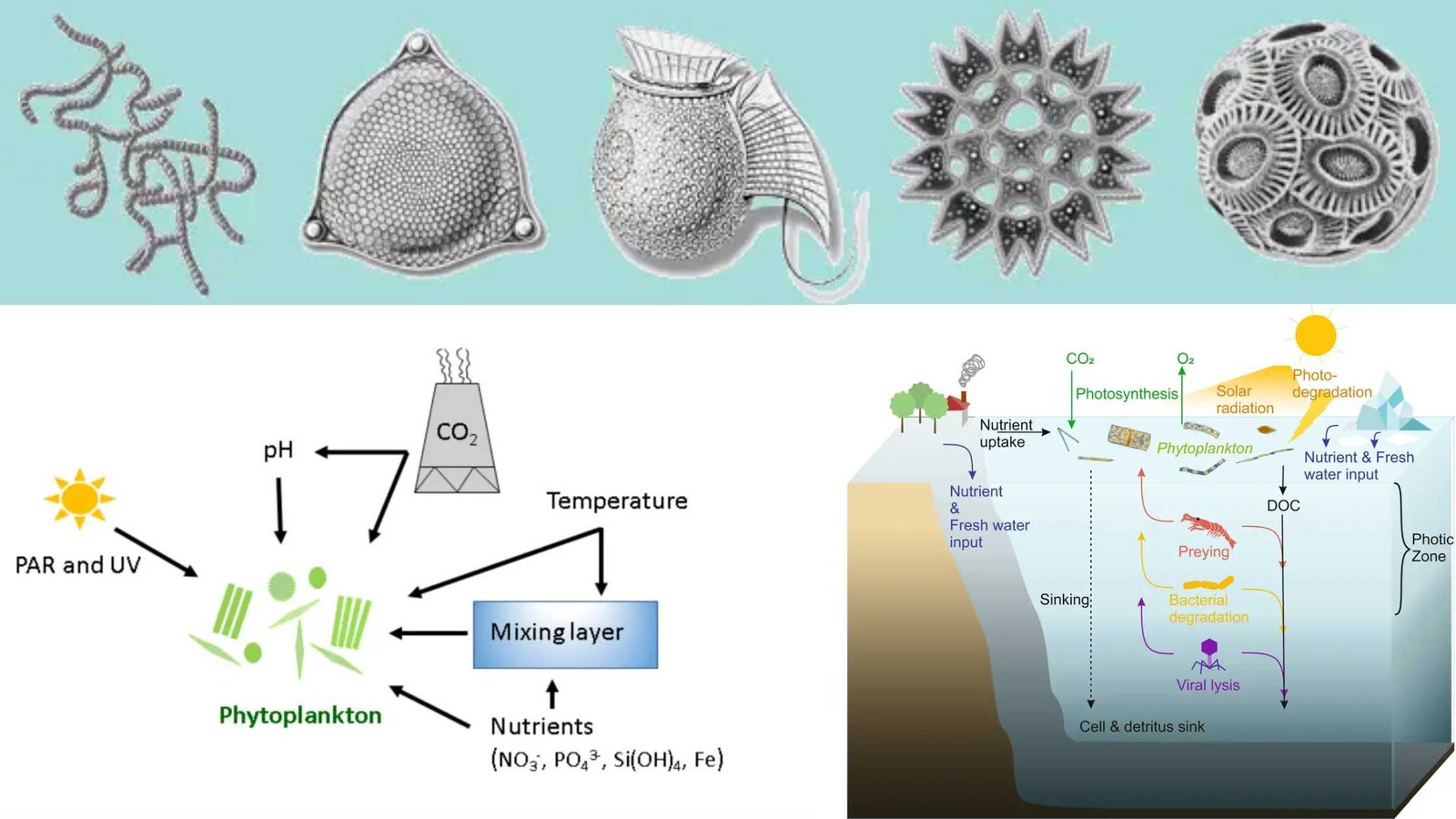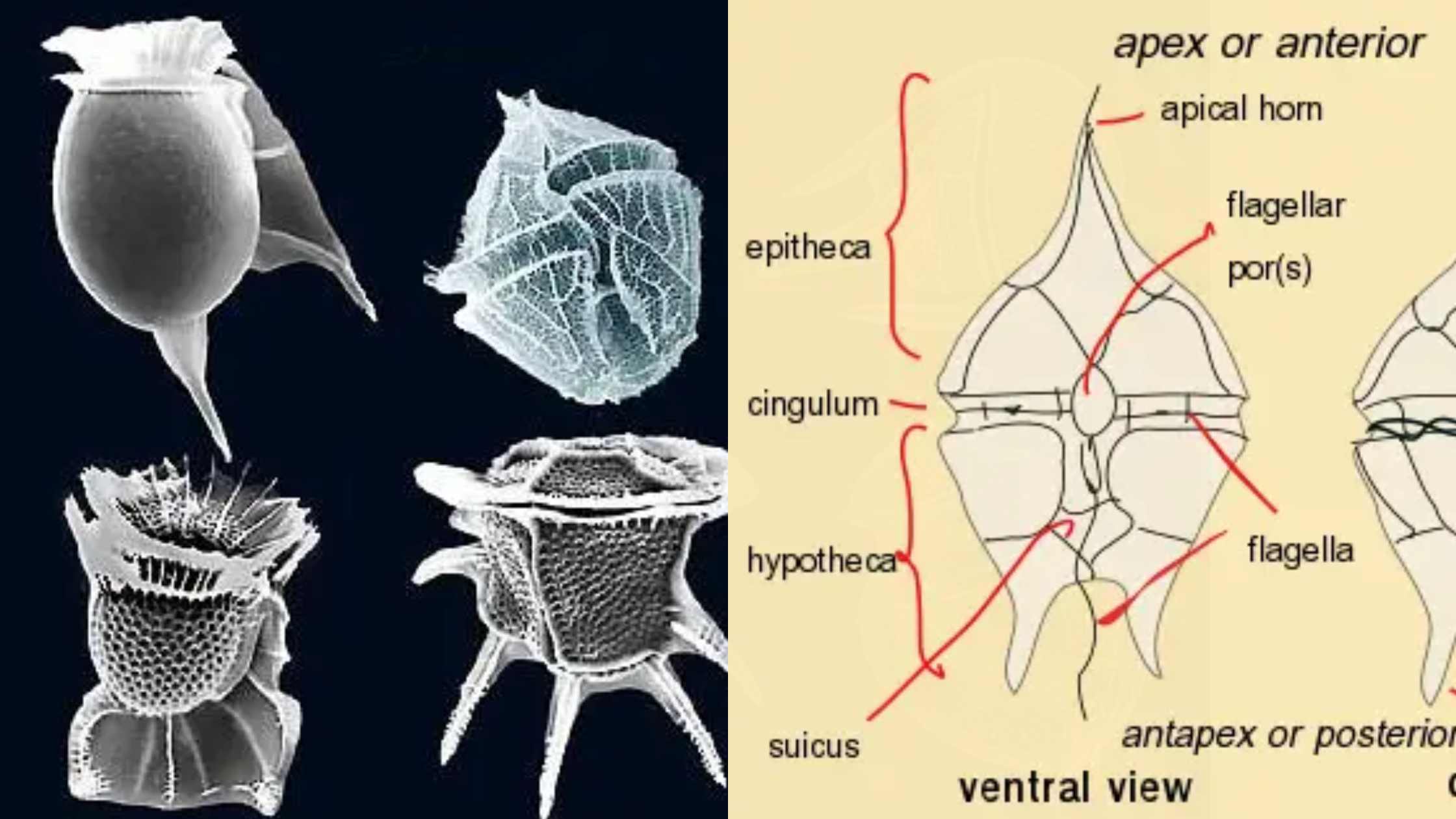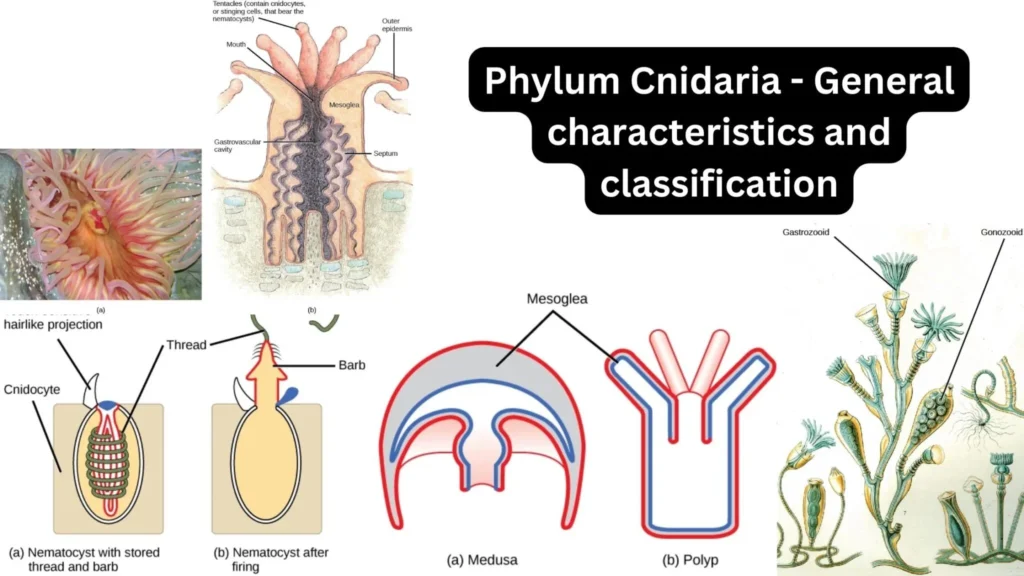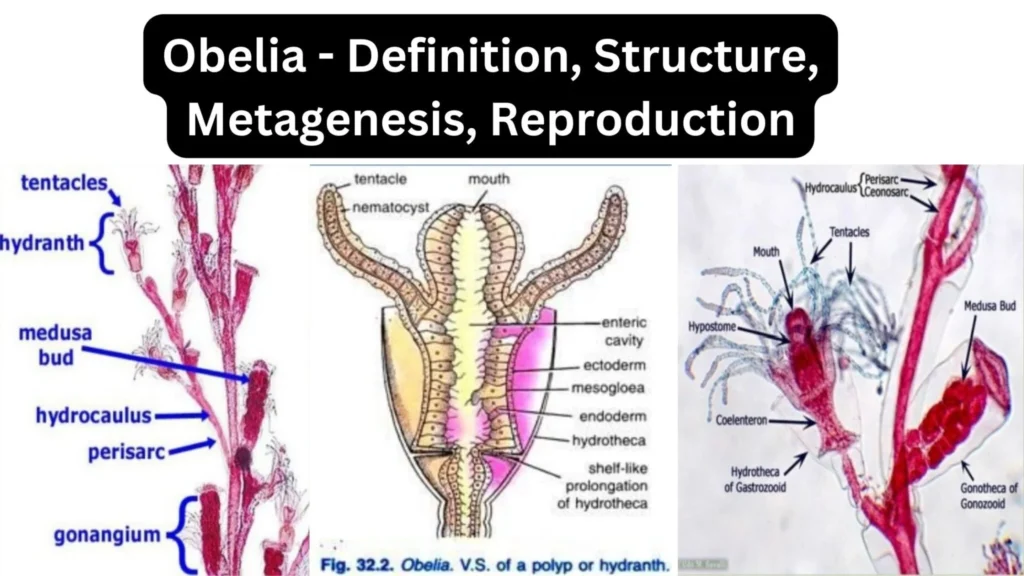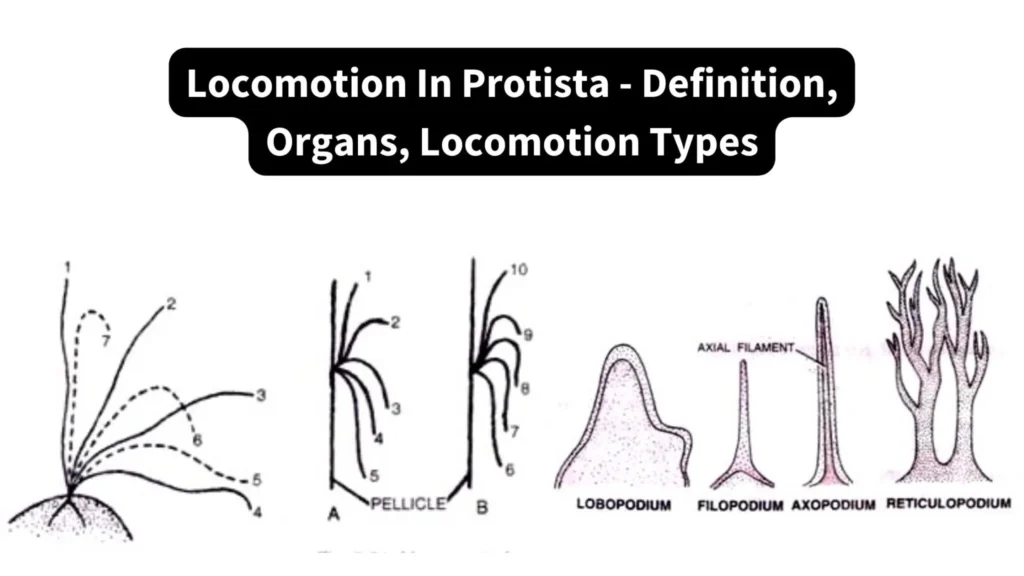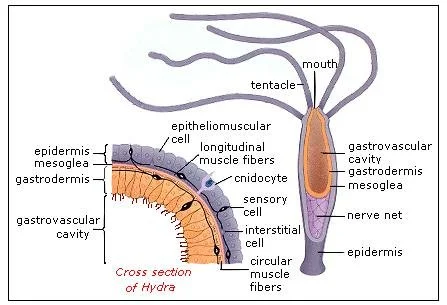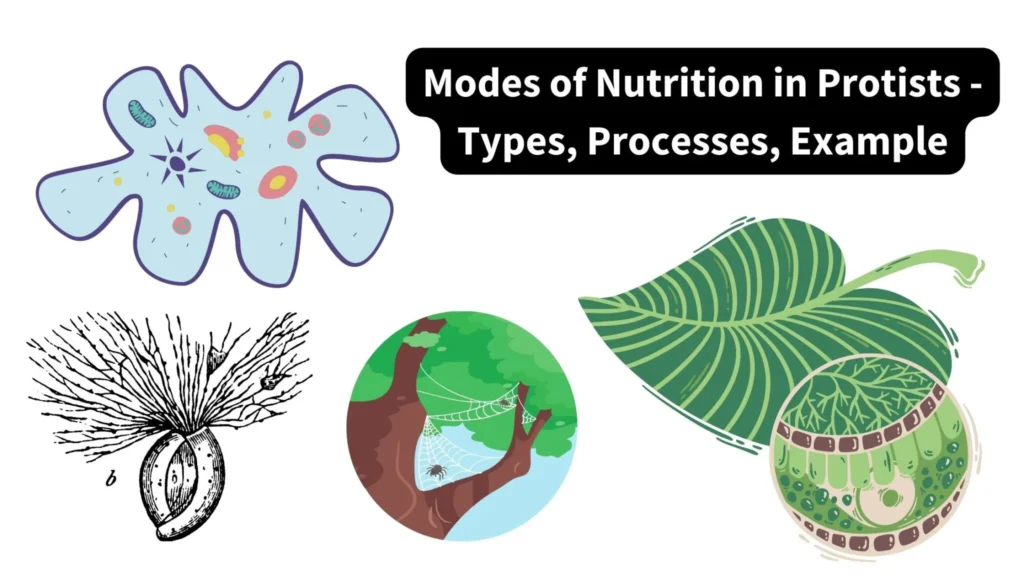Glass Bulb Pipette – Everythig You Need to Know
tools can be fascinatingly complex? If you’re nodding your head, then let’s share a curiosity-infused journey into the world of one such tool – the glass bulb pipette. Think of it as a miniature transporter, a bridge between containers, a silent contributor in groundbreaking experiments. From classrooms to advanced research labs, the humble glass bulb … Read more
